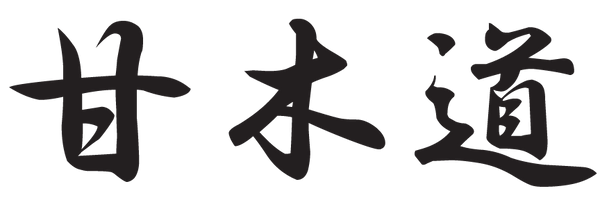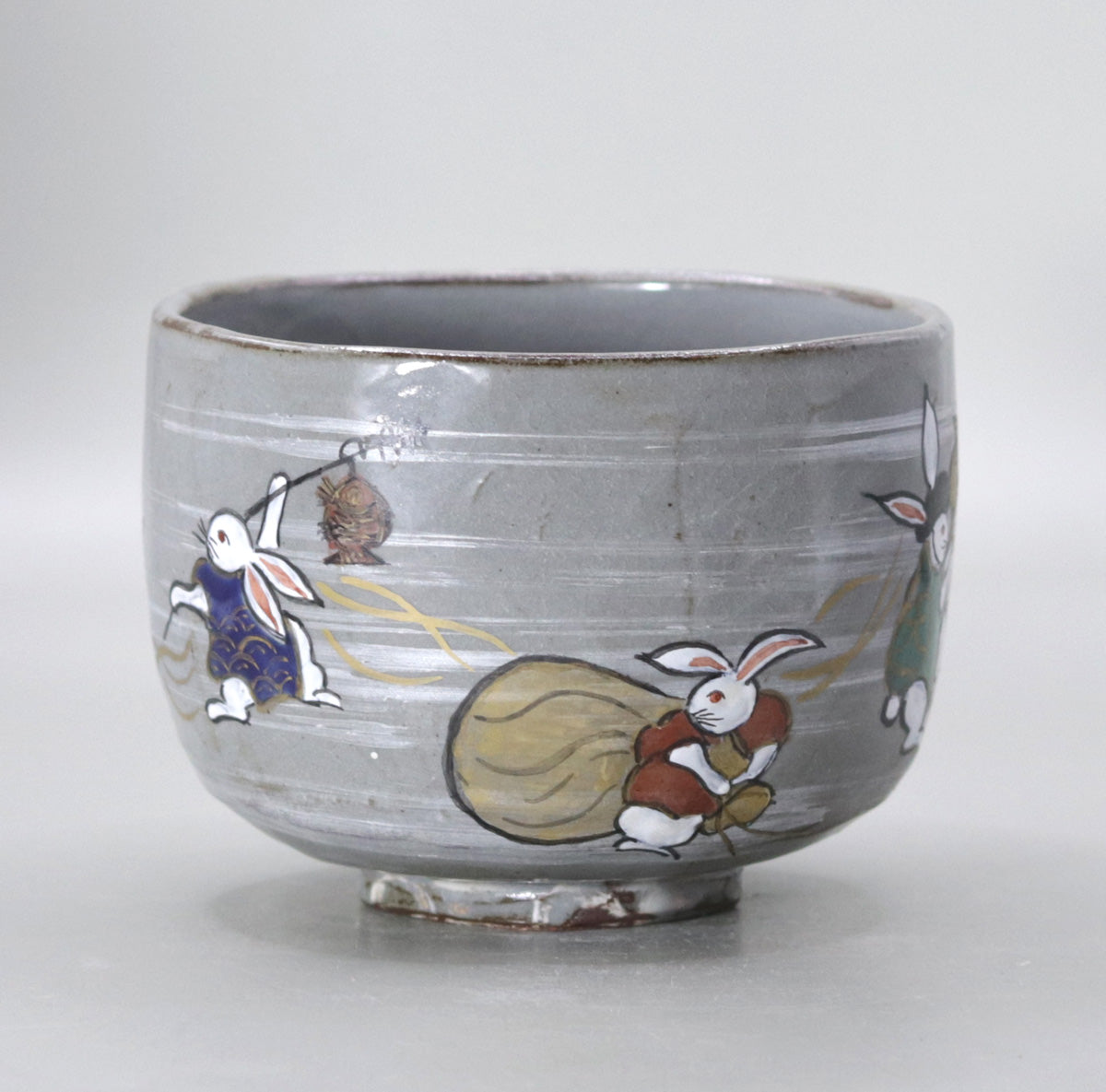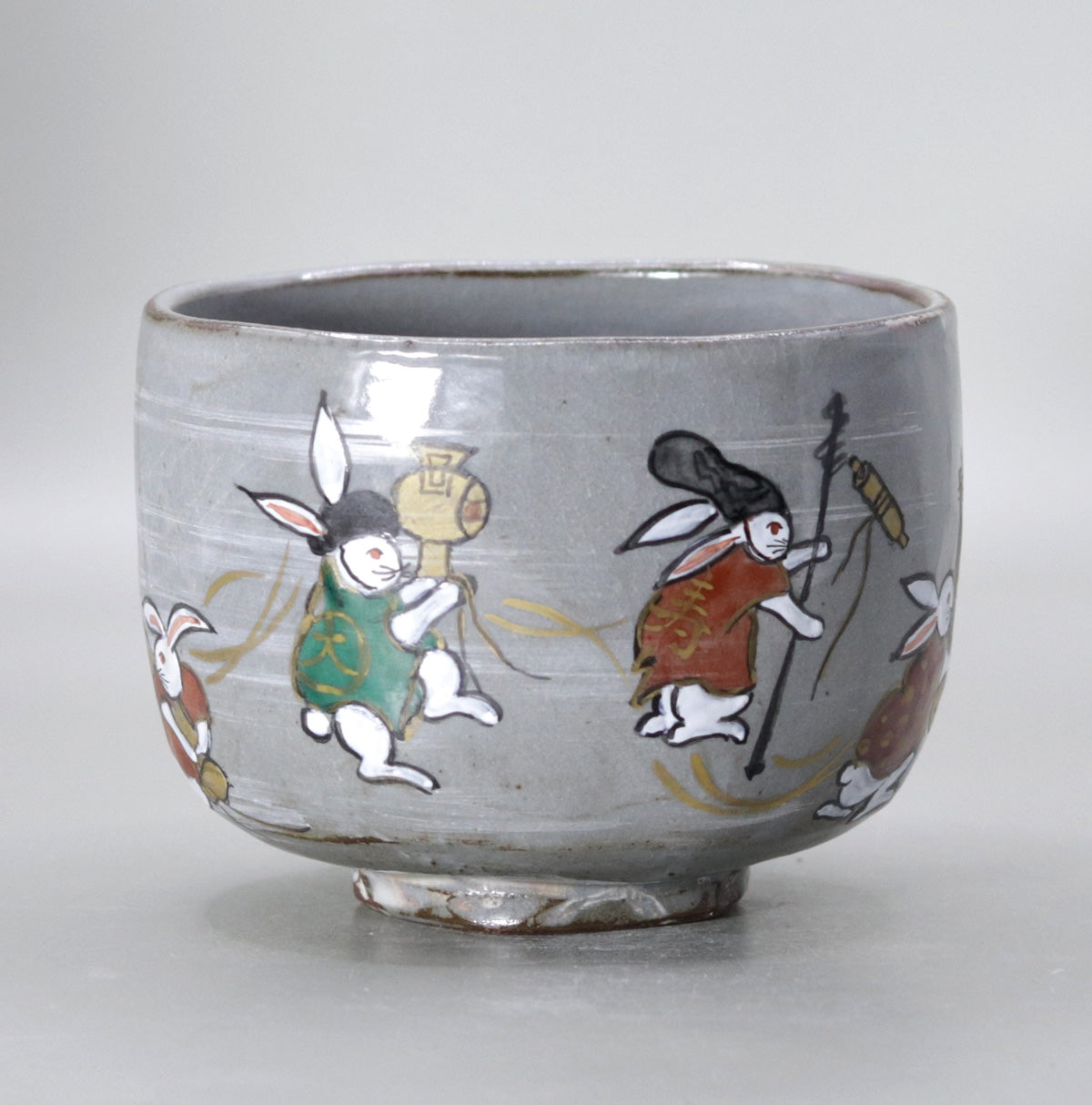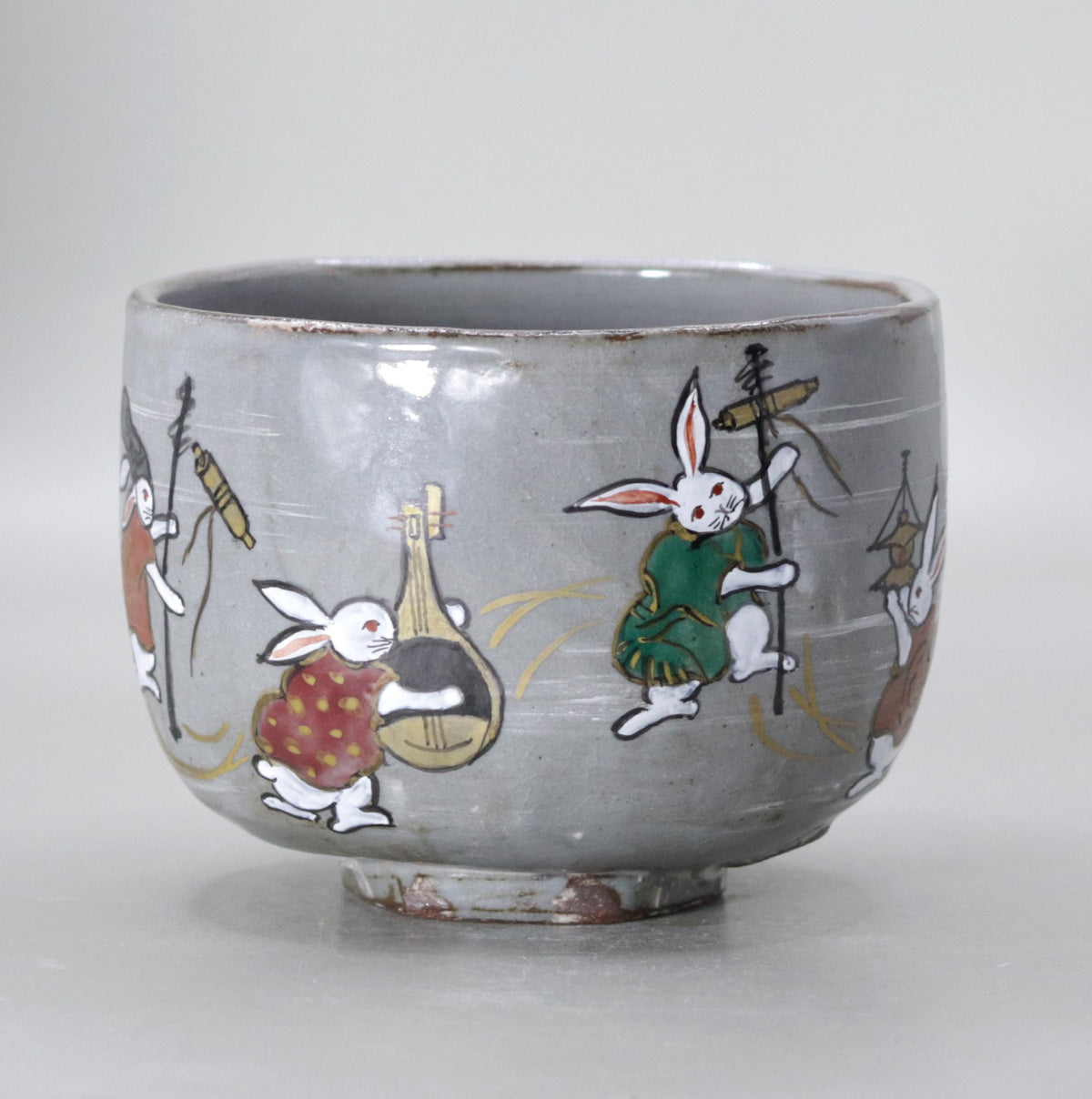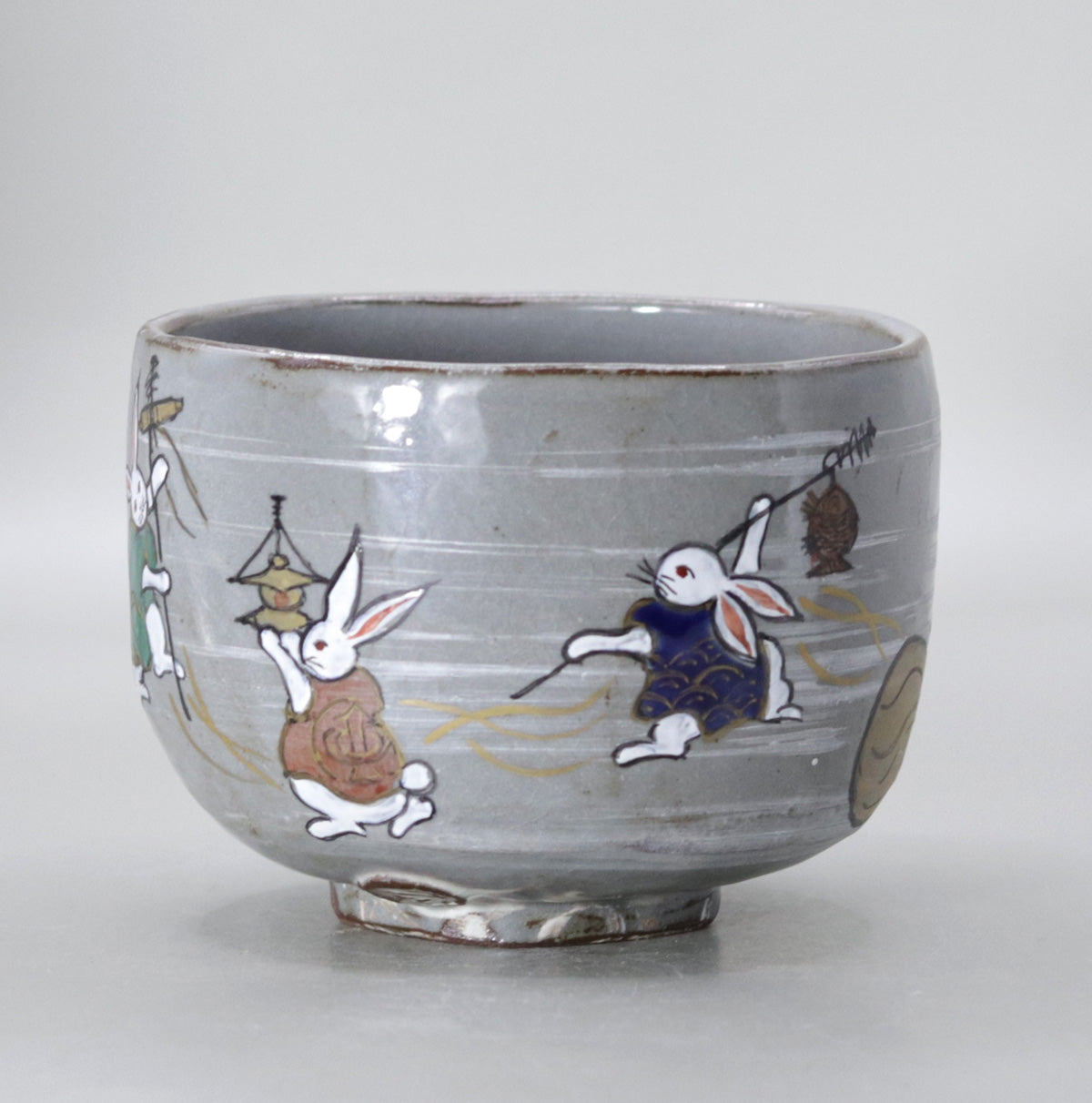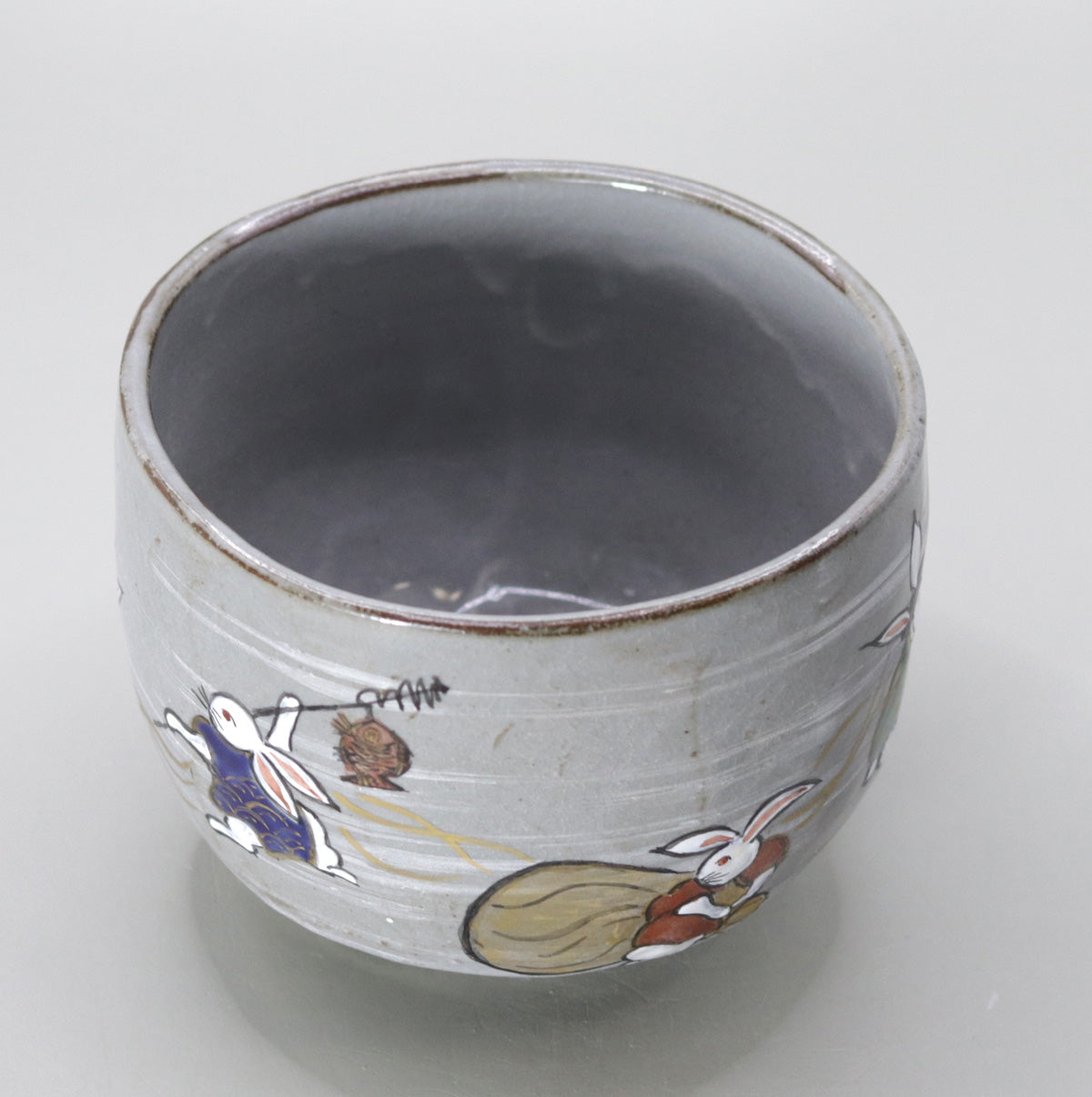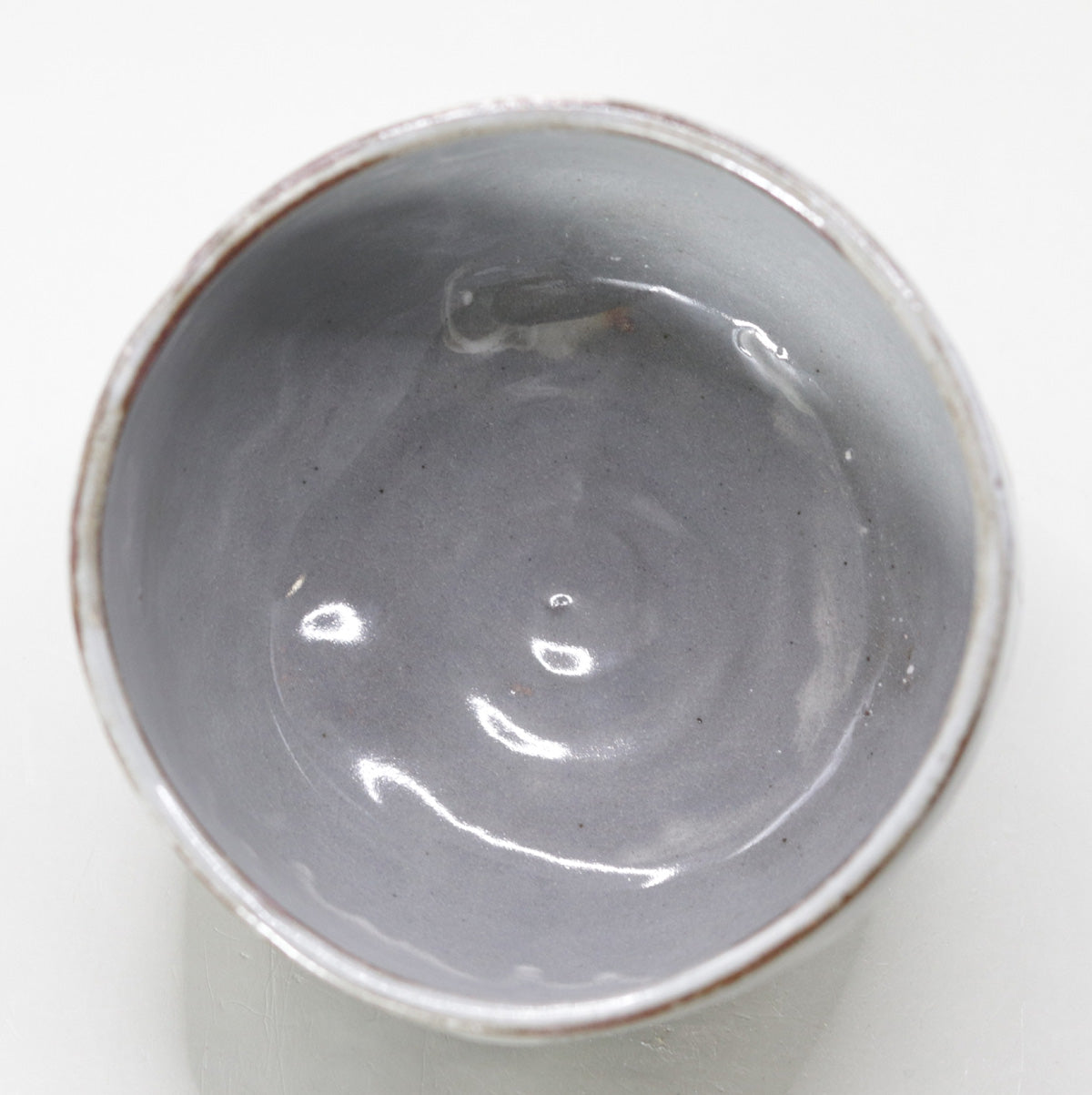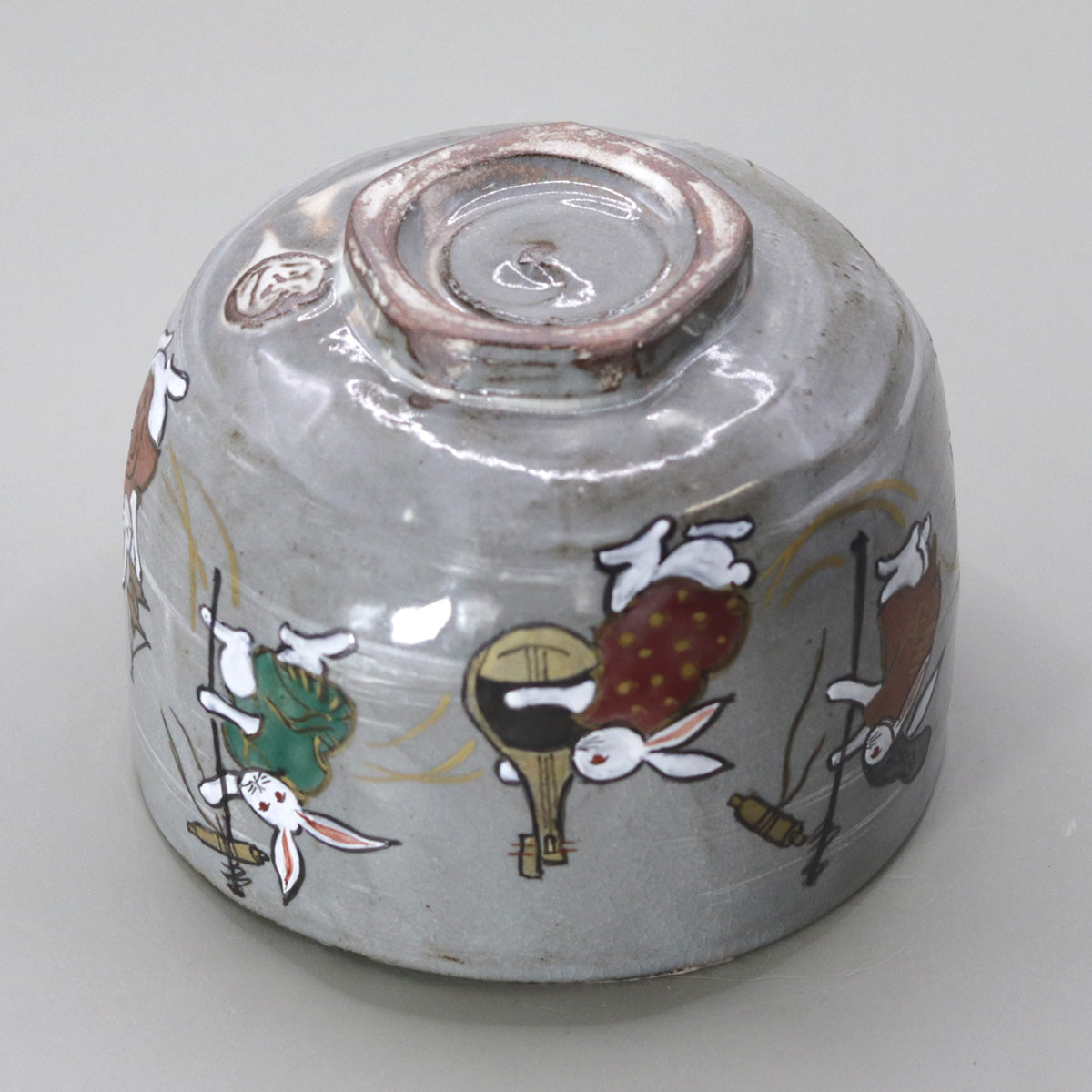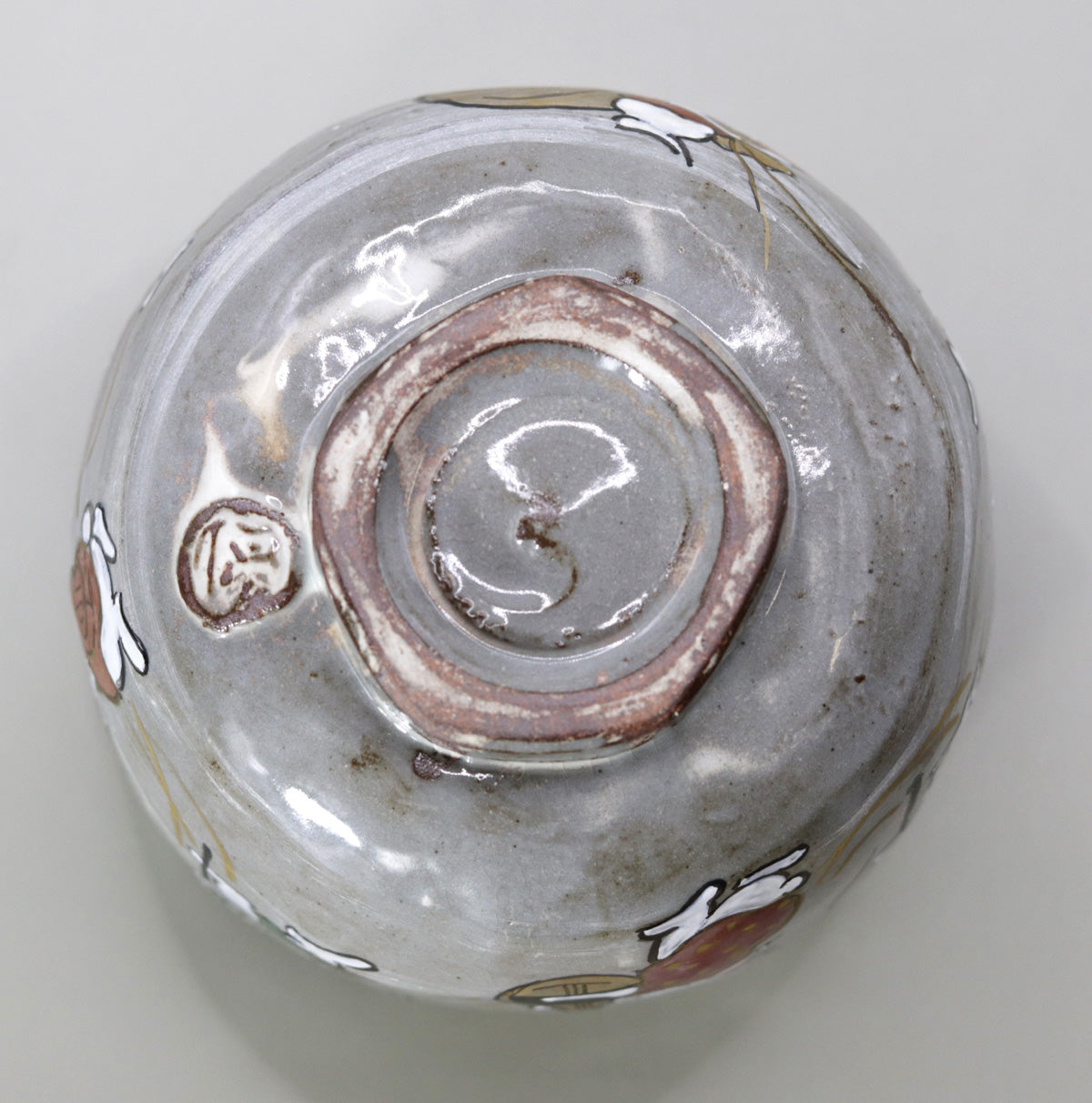Seven Lucky Gods Rabbit Tea Bowl by Okada Yu
Seven Lucky Gods Rabbit Tea Bowl by Okada Yu
Couldn't load pickup availability
Width: 11.5cm Height: 8.5cm
Tea bowl with a rabbit design of the Seven Lucky Gods by Masaru Okada -- "A bowl with a leaping rabbit, wrapped in the auspicious wind, that brings good fortune."
The concept of the work: The Seven Lucky Gods transformed into "rabbits"
This playful tea bowl depicts the procession of the Seven Lucky Gods, which have been familiar since ancient times as "boats that bring good fortune," replaced by adorable rabbits. Rabbits are considered messengers of the moon and are also symbols of leaps forward, prosperity of descendants, and good fortune. The protection of the Seven Lucky Gods is added to this, creating a double auspiciousness that lifts the hearts of those who see it.
Design highlights
| Seven Lucky Gods | Rabbit costume and belongings | Symbolic Good Fortune |
|---|---|---|
| Ebisu | Green robes, black hats, and a fishing rod for sea bream | Prosperous business and big catch |
| Daikokuten | Red coat, mallet and sack | Abundant harvest and wealth |
| Bishamonten | Navy blue robe, holding a pagoda | Protection from misfortune and luck in games |
| Benzaiten | Purple robes, bamboo flutes instead of biwa | Artistic achievement and wealth |
| Fukurokuju | Wearing a yellow robe and carrying a scroll, he represents longevity | Popularity and longevity |
| Jurojin | Wearing brown clothes and carrying a walking stick and a peach | healthy long life |
| Hotei-son | Zhu Yi, carrying a big bag | Tolerance and fertility |
The rabbits are rhythmically depicted around the outside of the body, joyfully marching along. Golden flowing lines of wind connect the rabbits together, emphasizing the dynamism of the procession. Thin ridges surround the rabbits, reminiscent of a moonlit path on a dark road.
The beauty of color and brushwork
The white, vermilion, green and navy blue overglaze paint stands out vividly against the calm grey glaze. The outline is tightened with light and dark ink, and the pattern on the robe is subtly dotted with gold paint, shining faintly under the tea ceremony lights. Amidst the cuteness, the brushwork shines with the refinement and elegance of Kyoto ware painting.
Key points of the design
The slightly lower base gives a sense of stability, while also making the overall silhouette look light.
The horizontal ridges on the body provide a good grip for the fingers and guide the desired color of the water to the outside.
The slight distortion of the rim gives the piece a soft accent, suggesting the leaping of a rabbit.
Auspicious background
The Seven Lucky Gods are representative of the lucky charms that were popular among the common people from the end of the Muromachi period to the beginning of the Edo period. On the other hand, rabbits appear widely in picture scrolls and toys, including the "Choju-giga" (Cartoon Paintings of the Choju), and are considered lucky charms that represent leaps and leaps. This work combines the two, creating a "little lucky boat" that brings playfulness and congratulations to the modern tea ceremony.
Combination and usage
| scene | Interest | One-liner performance |
|---|---|---|
| Early Spring Light Tea | Perfect for the New Year's "Hatsugama" ceremony. The contrast between the pale ash glaze and the painted painting makes the green of the matcha stand out even more. | Pair it with a gorgeous tea caddy and a gold lacquer tea scoop to create a bright and cheerful atmosphere. |
| Children's festivals | It is a celebration to pray for the growth of the family, such as Boys' Day and Girls' Day. The leaping rabbit symbolizes a leap into the future. | The dried sweets are accompanied by chitose-ame and kabuto-shaped rakugan rice crackers, making for a celebratory tea ceremony for parents and children. |
| Celebration gift | It is an ideal gift for housewarmings, weddings, etc., that conveys good fortune and leaps. | It will be appreciated if you add a strip of paper with the words "leap forward in good fortune" to the gift box. |
Conclusion
A procession of Seven Lucky Gods rabbits hopping around in the moonlight - behind the heartwarming scene of the Seven Lucky Gods Rabbit Tea Bowl is the wish for "good fortune," "longevity," and "progress" that Japanese people have sought since ancient times. Every time you place the bowl in your palm and slowly turn it, the rabbits will run off in a new direction, bringing cheerful good fortune to your tea ceremony.
Share
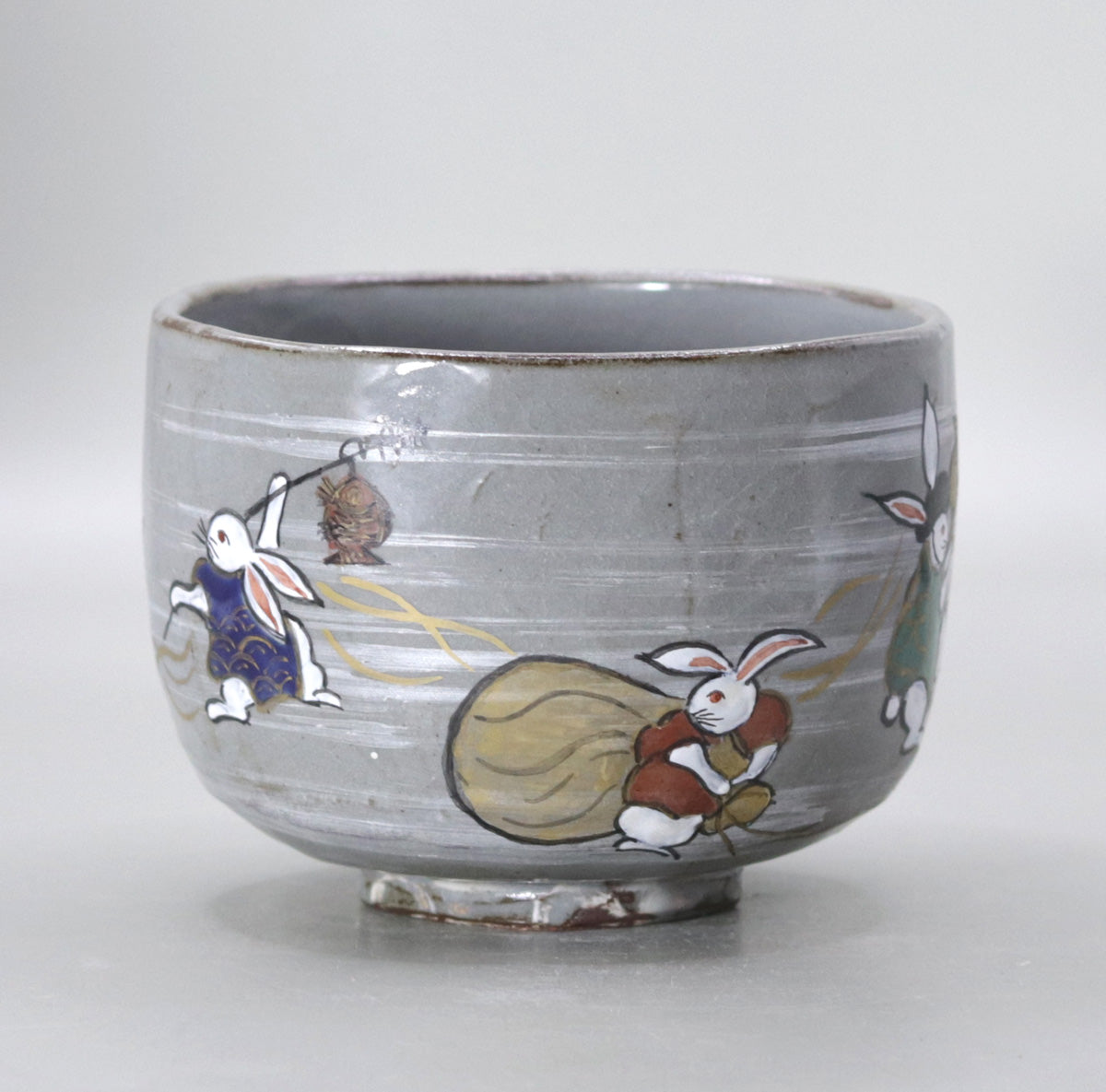
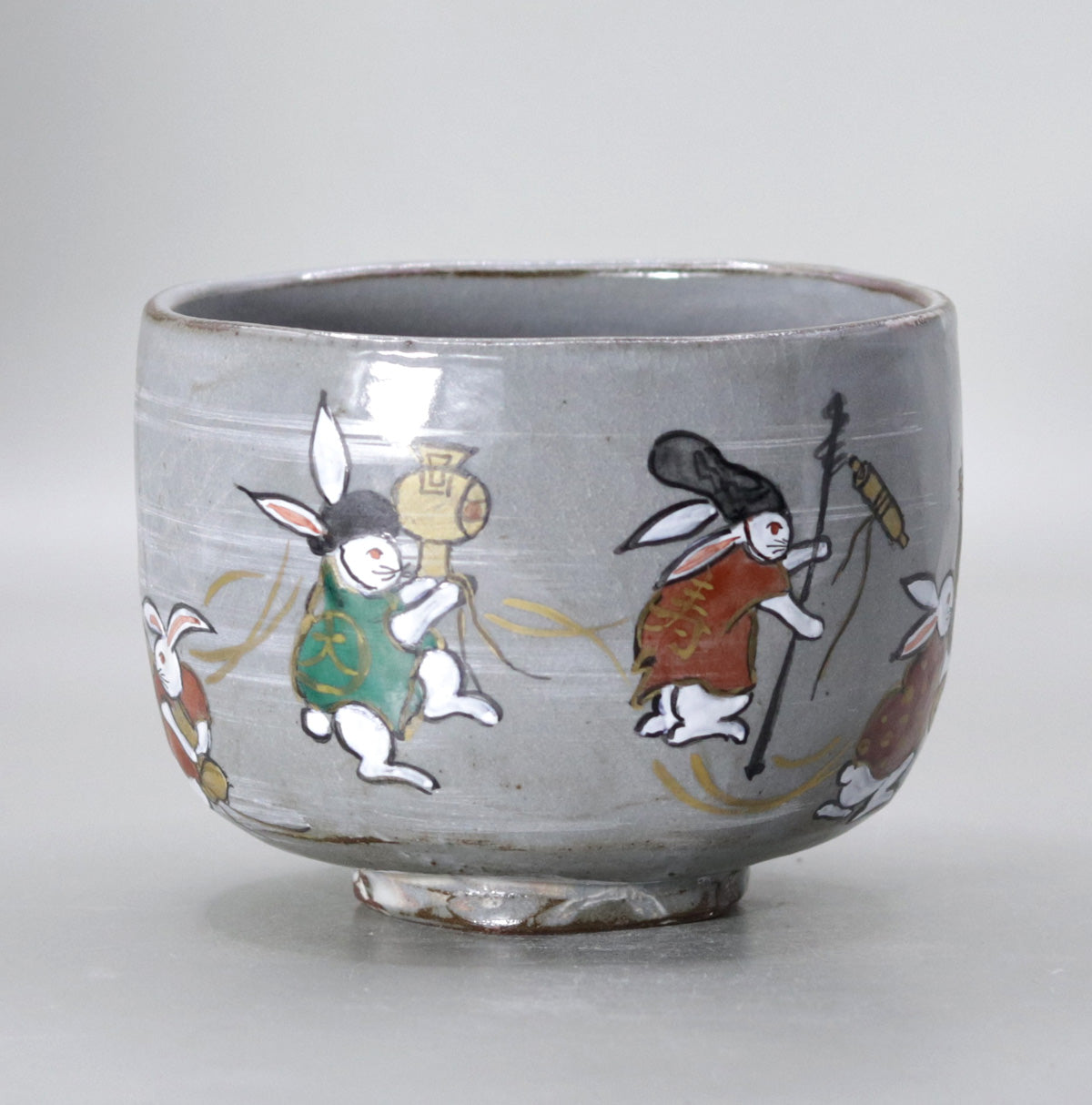
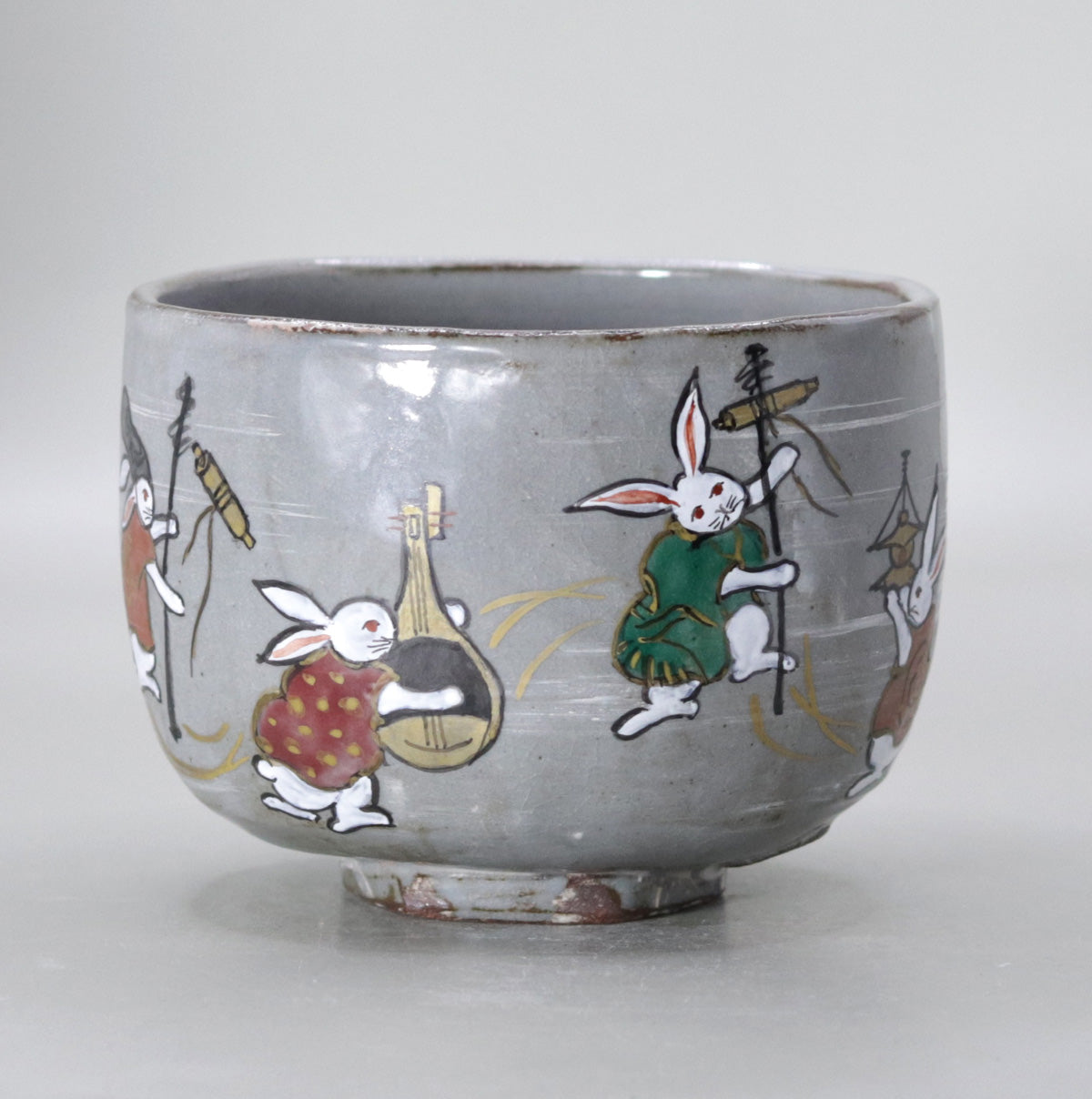
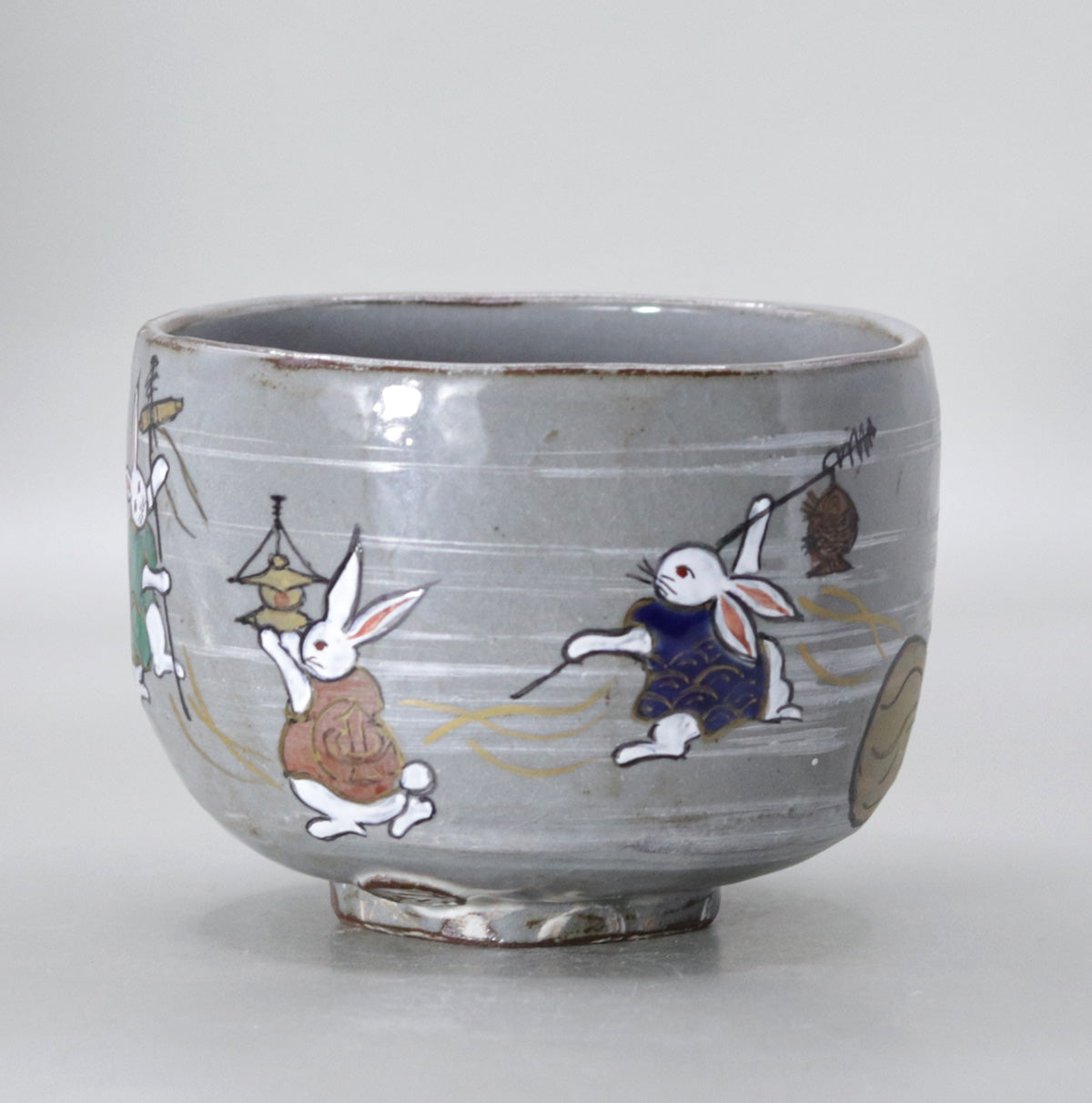
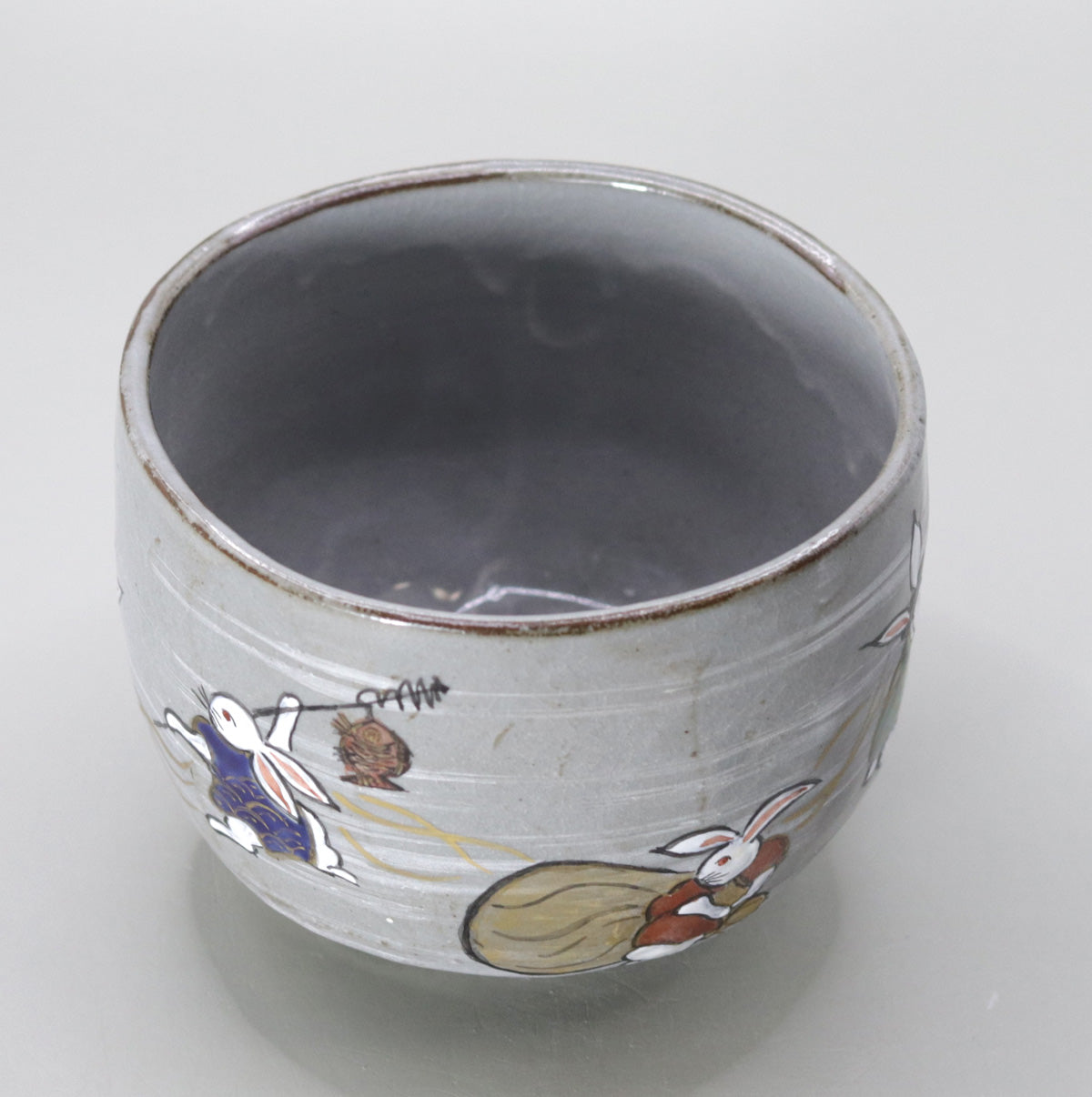
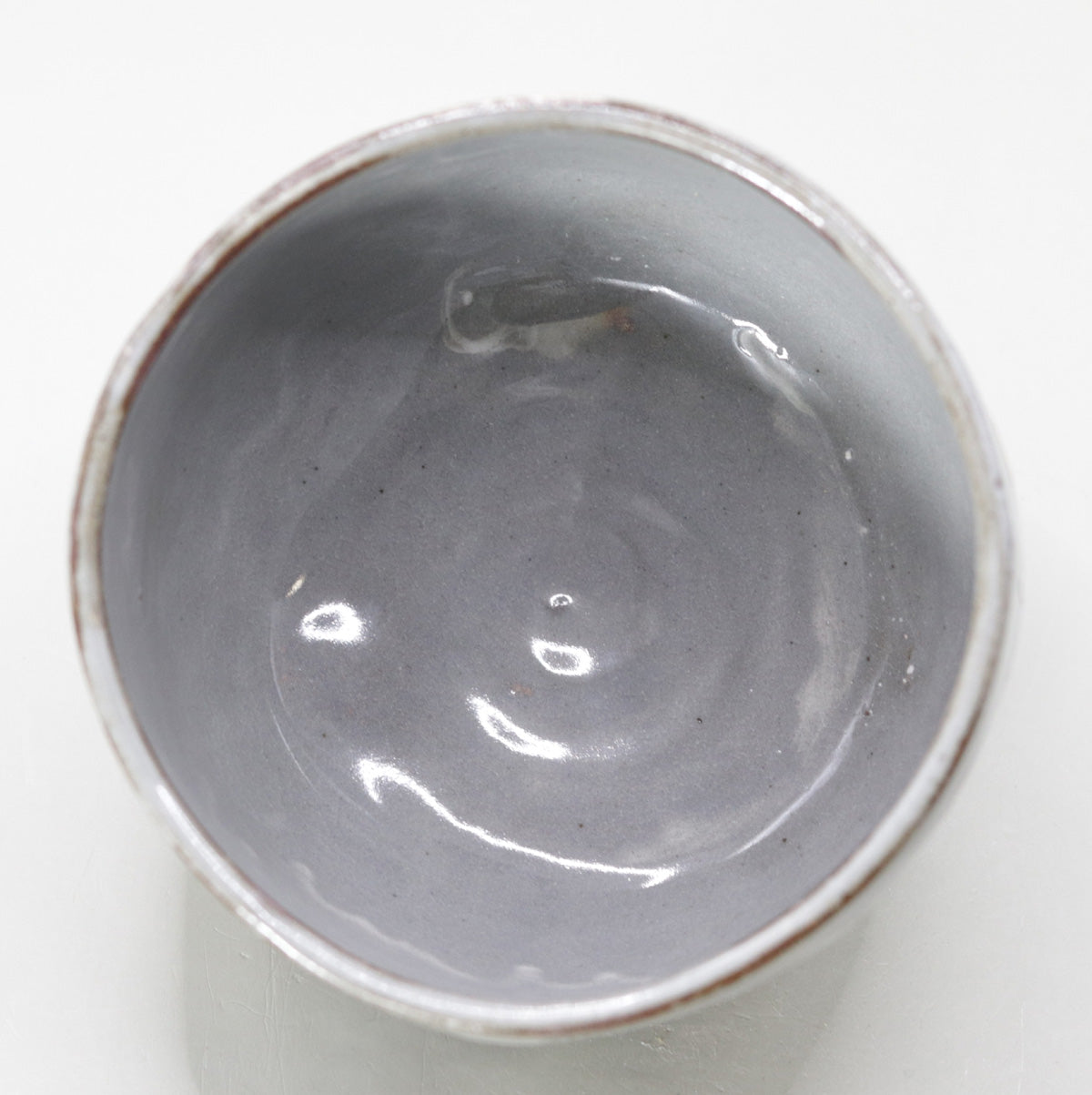
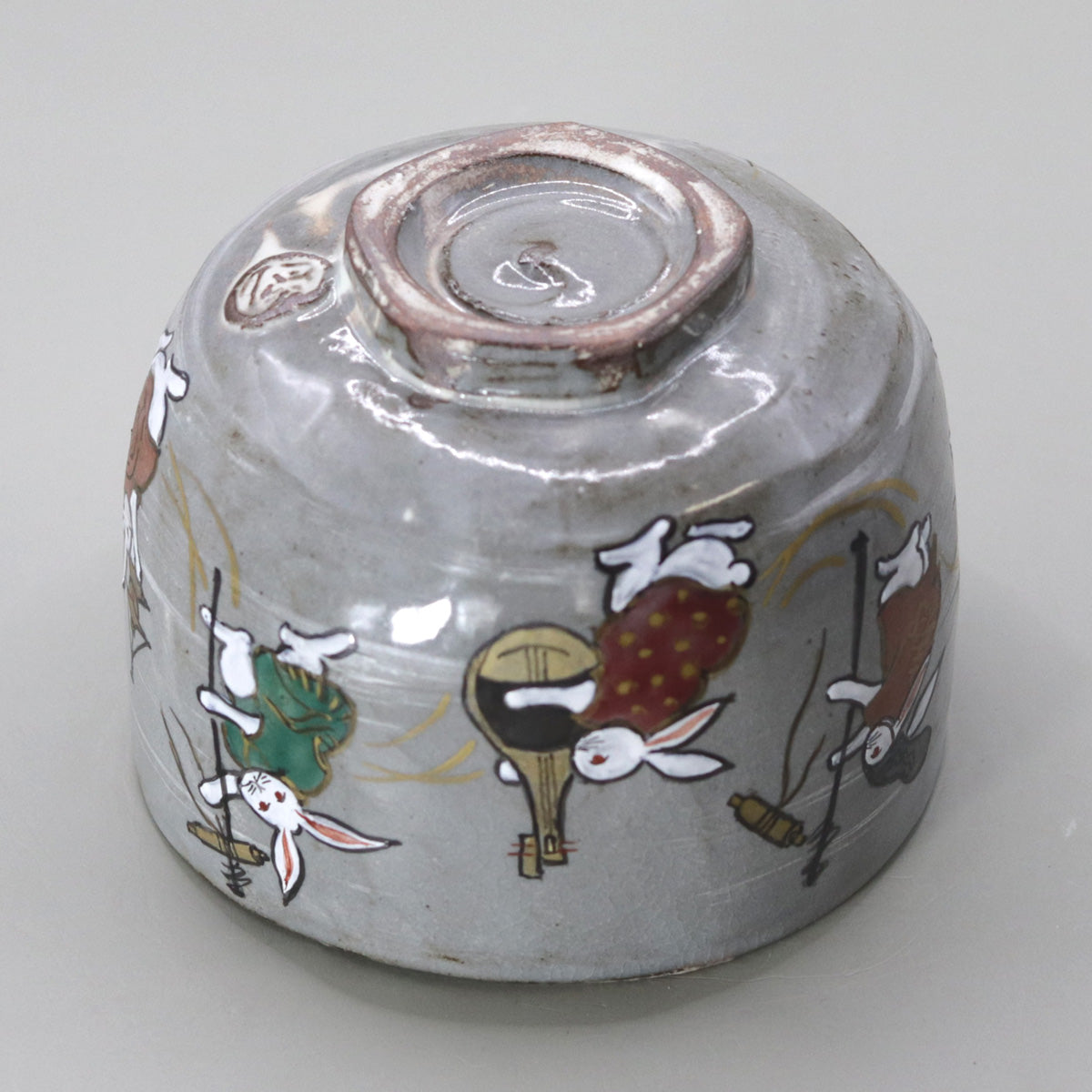
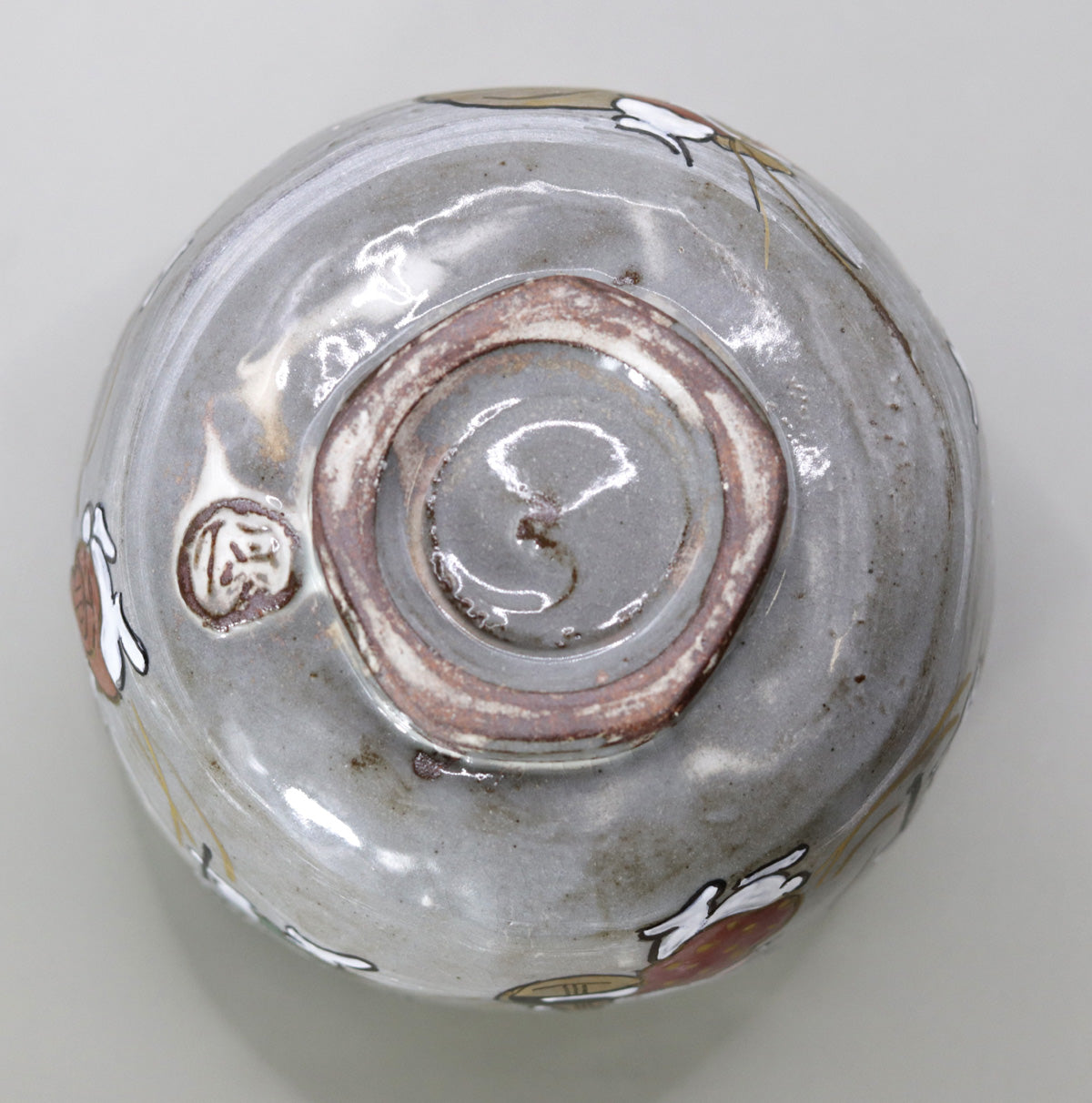
Multi-Column
-
[I will send it to you quickly and carefully]
We carefully package each product in a way that suits it best.
Also, delivery times vary depending on the piece (vessel, etc.).
Items that already come with a box will be shipped within 1-3 days of the order date.
For items that require a box to be made after your order, it will take approximately 30 days for production to be completed and then shipped.
In either case, once we have confirmed your order, we will contact you by email to inform you of the delivery date.
-
[Requests when purchasing pottery]
Even products that look the same may differ slightly in color, shape, size, etc.
The way the glaze is used, the power of the kiln, the firing method, the season, and the humidity also affect the appearance of the pottery.
Please understand the individuality of each piece of pottery and enjoy the unique warmth of handmade.
